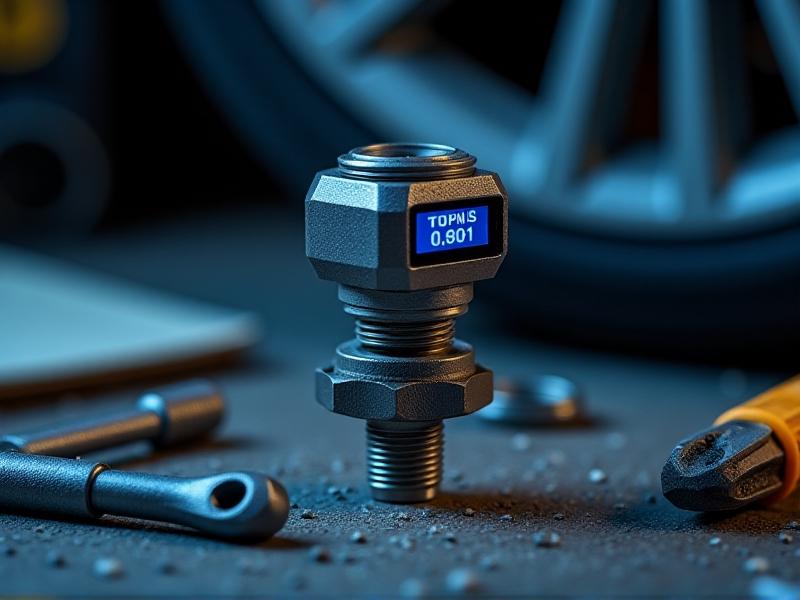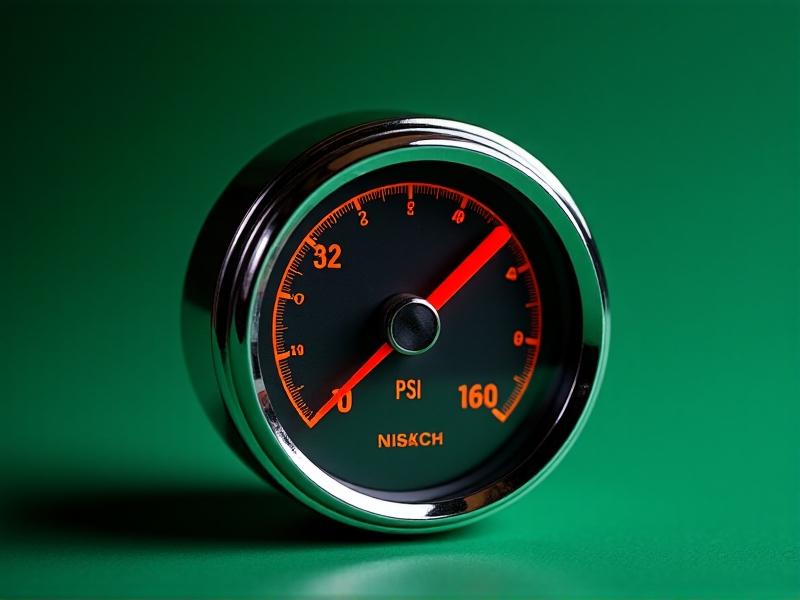```html
Understanding TPMS and Its Importance

Modern vehicles rely on Tire Pressure Monitoring Systems (TPMS) to ensure optimal tire performance and safety. These systems alert drivers when tire pressure drops below recommended levels, reducing risks of blowouts, poor fuel efficiency, and uneven tire wear. Direct TPMS uses sensors inside each tire to measure pressure and transmit real-time data to the vehicle’s computer. Indirect TPMS, on the other hand, calculates pressure based on wheel speed sensors and ABS data. While both systems aim to enhance safety, direct TPMS is generally more precise, offering specific pressure readings for individual tires.
Ignoring TPMS warnings can lead to costly consequences. Underinflated tires generate excessive heat, accelerating tread wear and potentially causing structural damage. Overinflation, though less common, reduces traction and compromises handling. Understanding your vehicle’s TPMS type—direct or indirect—is crucial for effective troubleshooting. For instance, indirect systems may require recalibration after tire rotations, while direct systems often need sensor battery replacements every 5–7 years. Recognizing the role of TPMS in maintaining tire health empowers drivers to address issues proactively rather than reacting to emergencies.
Common TPMS Issues and Symptoms

TPMS sensors are durable but not immune to failure. One frequent issue is false alerts triggered by temperature fluctuations. Cold mornings may temporarily lower tire pressure, activating the warning light until tires warm up. Persistent alerts, however, often signal deeper problems like sensor battery failure, physical damage from road debris, or corrosion around valve stems. Drivers might also notice inconsistent pressure readings between tires despite manual checks confirming proper inflation—a sign of sensor miscommunication or calibration drift.
Another common challenge is sensor relearning errors after tire rotations or replacements. Vehicles with direct TPMS require sensors to be “matched” to their new positions, a process that can fail if done incorrectly. Symptoms like intermittent warnings or a complete lack of TPMS functionality may also stem from faulty control modules or wiring issues. Identifying these patterns early helps narrow down solutions, whether it’s a simple reset, sensor replacement, or professional diagnosis.
Step-by-Step Guide to Resetting TPMS

Resetting TPMS varies by vehicle make and model, but most follow a similar framework. First, ensure all tires are inflated to the manufacturer’s recommended PSI, found on the driver’s door jamb or owner’s manual. For vehicles with a reset button—often under the steering column or glovebox—turn the ignition to “ON” without starting the engine. Press and hold the button until the TPMS light blinks three times, then release. Drive the vehicle above 20 mph for 10 minutes to allow the system to recalibrate.
Some models lack a dedicated reset button and instead use menu-driven processes. Navigate to the settings screen via the infotainment system, select “Vehicle,” then “TPMS,” and follow prompts to initiate a reset. Older vehicles may require a manual relearn procedure using a magnet or diagnostic tool to trigger each sensor. If these steps fail, the issue might stem from a malfunctioning sensor or low battery, necessitating professional intervention. Always consult your owner’s manual for model-specific instructions to avoid accidental system errors.
Calibrating TPMS Sensors for Accuracy

Calibration ensures TPMS sensors provide accurate readings aligned with your vehicle’s specifications. For indirect systems, calibration typically involves driving at a steady speed (usually 50–65 mph) for a set distance to reset baseline wheel speed data. Direct systems often require a manual trigger via an OBD-II scanner or dedicated tool, especially after tire rotations. Aftermarket sensors must be programmed to match the vehicle’s frequency—commonly 315 MHz or 433 MHz—to avoid signal interference.
Automatic calibration systems, found in newer vehicles, adjust readings dynamically as you drive. However, manual calibration is necessary when replacing sensors or if readings drift over time. Tools like Schrader’s EZ-Sensor or Autel’s MaxiTPMS streamline this process by guiding users through sensor activation and ID registration. Incorrect calibration can lead to recurring warnings or undetected pressure loss, emphasizing the need for precision. When in doubt, refer to service manuals or seek a technician’s expertise to maintain system integrity.
Essential Tools for TPMS Troubleshooting
Effective TPMS maintenance requires specialized tools. A quality tire pressure gauge is indispensable for verifying manual readings against sensor data. Valve core tools help replace damaged cores—a common source of slow leaks—without dismounting tires. For sensor programming, OBD-II scanners like the Autel MaxiCOM or ATEQ VT56 enable diagnostics, relearns, and battery checks. Magnet-based relearn tools are cost-effective solutions for resetting sensor positions on older vehicles.
Advanced users might invest in sensor testers like the Bartec Tech400, which identifies faulty sensors by measuring signal strength and battery life. Tire shops often use universal clamp-on sensors for relearning procedures, minimizing wheel damage during repairs. When handling TPMS components, avoid harsh chemicals that could corrode sensor seals, and always torque valve stems to manufacturer specs to prevent air loss. Equipping yourself with these tools reduces reliance on dealerships and ensures prompt, accurate troubleshooting.
Preventive Maintenance for Long-Term TPMS Health
Proactive care extends TPMS lifespan and reliability. Monthly pressure checks, ideally when tires are cold, help detect gradual leaks before they trigger warnings. Seasonal temperature shifts warrant extra attention, as PSI fluctuates by 1–2 points per 10°F change. During tire rotations or replacements, inspect sensors for physical damage and clean valve stems to prevent corrosion. Silicone-based lubricants can protect rubber seals from drying and cracking.
Battery replacements are inevitable for direct TPMS sensors, typically every 5–7 years. While some sensors allow battery swaps, most require full unit replacements due to sealed designs. Store spare sensors in a climate-controlled environment to avoid moisture damage. Lastly, avoid aftermarket valve caps with metal cores, as they can react with aluminum stems and cause galvanic corrosion. By integrating these habits into routine maintenance, drivers can minimize TPMS failures and enjoy uninterrupted safety monitoring.



